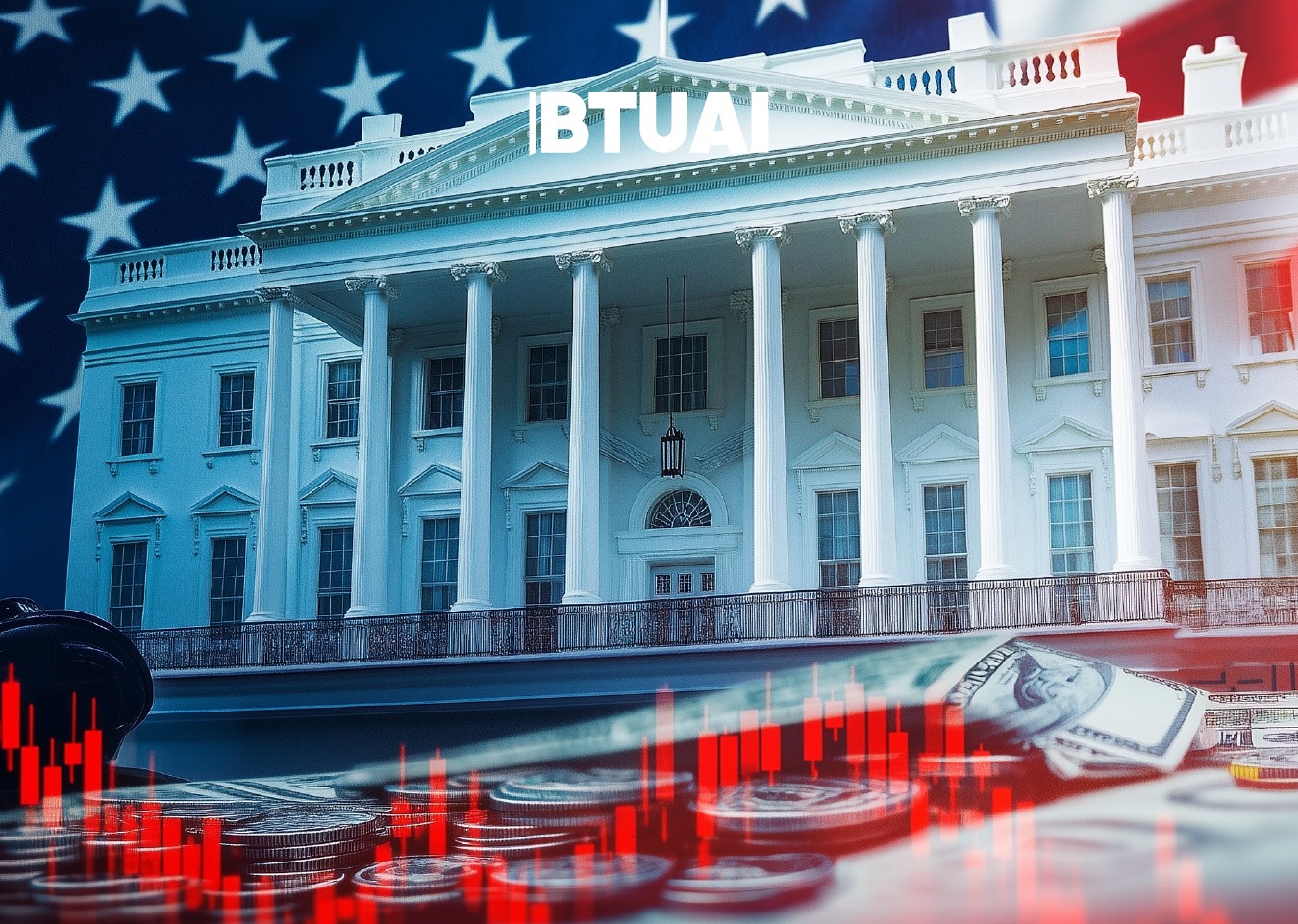Donald Trump Declares the End of Globalization: New Tariffs and the Difficult Path of Manufacturing Restructuring
Donald Trump’s return to the White House is beginning to clearly signal a shift in U.S. economic policy —

Donald Trump’s return to the White House is beginning to clearly signal a shift in U.S. economic policy — one that could redefine America’s role in the global economy. His new, unprecedentedly large tariff package, which he has dubbed “Liberation Day,” aims to revive American manufacturing and bring an end to the era of globalization. It sends a clear message to foreign governments and multinational corporations alike: if you want access to the U.S. market with low tariffs, you must manufacture in America.
Trump’s new trade policy introduces an initial 10% tariff on all imported goods, but some countries face additional reciprocal rates. For instance, China is subject to a total 54% tariff, Vietnam to 46%, and the European Union to 20%. Trump made it clear that he finds it unacceptable that “Americans lost their factories and manufacturing jobs just because others could undercut us with lower costs.” To him, this is “economic self-harm” that can only be reversed through protectionist policies.
However, the reality is far more complex. Today’s global supply chains are so deeply intertwined that bringing production back to the U.S. is not only expensive and time-consuming, but structurally difficult. It’s not just about factories — it’s about component sourcing, logistics infrastructure, workforce skills, and regulatory frameworks.
Still, the tariffs have already started to influence corporate decisions. German industrial giant Siemens has announced a $10 billion investment in new U.S. electric product facilities. Taiwan’s TSMC plans to invest $100 billion in chip manufacturing in Arizona and other states. Hyundai from South Korea has opened an electric vehicle plant in Georgia. These moves show that tariffs have indeed created some momentum — though only partially.
Despite this, many companies are still looking for alternative countries to avoid the high costs of reshoring to the U.S. Mexico, Vietnam, and India have emerged as popular choices. For example, Mexico is now the leading supplier of servers and semiconductors to the U.S. — with 70% of servers coming from Mexico and another 20% from Taiwan.
U.S. manufacturing is largely focused on high-tech industries like microchips, aerospace components, and medical devices. However, it still relies heavily on imports for basic parts — screws, metal plates, plastic pieces — most of which still come from China or Southeast Asia.
Dan Digre, president of Misco Speakers, says that while half of their audio systems are assembled in the U.S., many components still come from China. Over recent years, the company has paid $14 million in tariffs, and now he’s unsure where to move production. “Vietnam? Mexico? India? Every market is unpredictable,” he says.
Trump’s trade approach rests on a dual strategy: on the one hand, he aims to pressure companies into reshoring, and on the other, he uses tariffs as bargaining tools in negotiations. This approach has had some effect — several German engineering firms have expressed readiness to increase investment in the U.S. However, economists warn that such a policy may lead to investment stagnation, as companies struggle to make long-term decisions under conditions of uncertainty.
According to the Federal Reserve, despite optimistic rhetoric, overall business investment sentiment remains subdued.
In reality, Trump’s policy doesn’t end globalization — it alters its shape. Companies aren’t abandoning global strategies; they’re just changing geography — shifting from China to Vietnam, India, or Mexico. Likewise, Chinese companies are now building factories abroad to sidestep U.S. tariffs and maintain access to American markets.
Trump’s new tariff policy is unprecedented in its scale and severity. The goal is clear: to make America the world’s manufacturing powerhouse. But achieving this requires more than just tariffs — it demands a real strategy: retraining workers, upgrading infrastructure, optimizing regulations, and building a new model of engagement with global partners.
Imposing tariffs is just the beginning. Without a systemic, long-term reform, the U.S. will not become a self-sufficient industrial superpower.
For now, one thing is clear: globalization isn’t disappearing — it’s transforming. And in the Trump era, that transformation is only just beginning.
Source: Based on materials from WSJ.com




